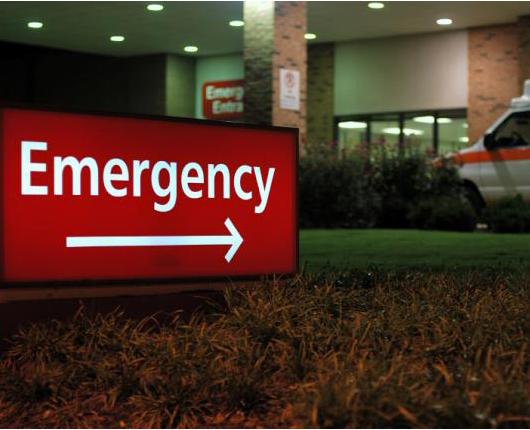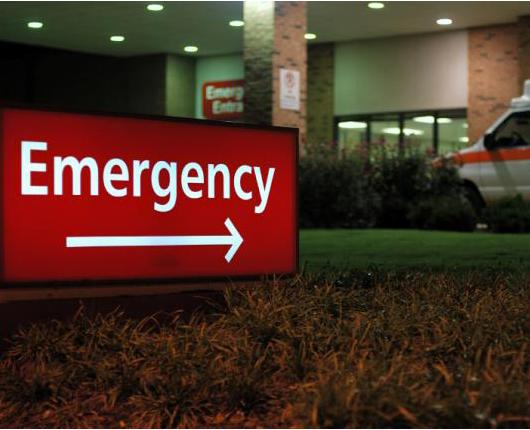 Emergency Departments
Emergency Departments
Individuals in a suicidal crisis often seek help at a hospital emergency department (ED). EDs also frequently provide care for people with other risk factors for suicide, such as serious mental illness, substance use disorders, and chronic pain. The ED visit is an important window of opportunity, however brief, to intervene and save lives.
Why Address Suicide Prevention
- The risk of a suicide attempt or death is highest within 30 days of discharge from an ED or inpatient psychiatric unit.1
- Up to 70 percent of patients who leave the ED after a suicide attempt never attend their first outpatient appointment.1
- Approximately 37% of individuals without a mental health or chemical dependency diagnosis who died by suicide make an ED visit within a year of their death.2
How Emergency Departments Can Take Action
The best way to prevent suicide is to use a comprehensive approach that includes these key components:
- Conduct universal or selective screening for suicide risk
- Provide at-risk patients with a full assessment by a mental health professional trained in effective suicide care
- Provide brief interventions while patients are still in the ED (e.g., safety planning, lethal means counseling)
- Ensure careful discharge planning and safe transitions of care to outpatient services
References
- Knesper, D. J. (2010). Continuity of care for suicide prevention and research: Suicide attempts and suicide deaths subsequent to discharge from the emergency department or psychiatry inpatient unit. Newton, MA: Suicide Prevention Resource Center.
- Ahmedani, B. K., Simon, G. E., Stewart, C., Beck, A., Waitzfelder, B. E., Rossom, R., . . . Solberg, L. I. (2014). Health care contacts in the year before suicide death. Journal of General Internal Medicine, 29(6), 870–877.
Learn More
- Visit our pages on two related settings: Behavioral Health Care and Crisis Centers and Services
- See the Recommended Resources below selected by SPRC personnel.
- See All Resources Related to Emergency Departments for a full list of materials, programs, trainings, and other information available from SPRC. Use the filters on the left to narrow your results.
- For more on other settings and groups, see our Settings and Populations pages.

Filter By:
Recommended Resources

How emergency departments can help prevent suicide among at-risk patients: Five brief interventions
This nine-minute video describes five brief interventions which can be used to prevent suicide prior to discharge from emergency departments.

Preventing suicide in emergency department patients
This online course for ED healthcare professionals covers screening, assessment, brief interventions, patient-centered care, patient safety, and incorporating suicide prevention into discharge planning.

Patient Safety Screener webpage
This web page provides a portal to the Patient Safety Screener (PSS-3) video and useful resources to help administer the PSS-3.

CALM: Counseling on Access to Lethal Means
This free online course is designed to help mental health professionals counsel people at risk for suicide—and their families—on reducing access to lethal means.

R3 Report Issue 18: National Patient Safety Goal (NPSG) 15.01.01 for suicide prevention
The Joint Commission realized that suicide rates have not improved over the past decade and has issued updated requirements in order to improve the quality and safety of care for those who are being treated for behavioral health conditions and those who are identified as high risk for suicide. The requirements include screening and assessment […]

Zero Suicide website
This website provides information, resources, and tools for implementing Zero Suicide.
